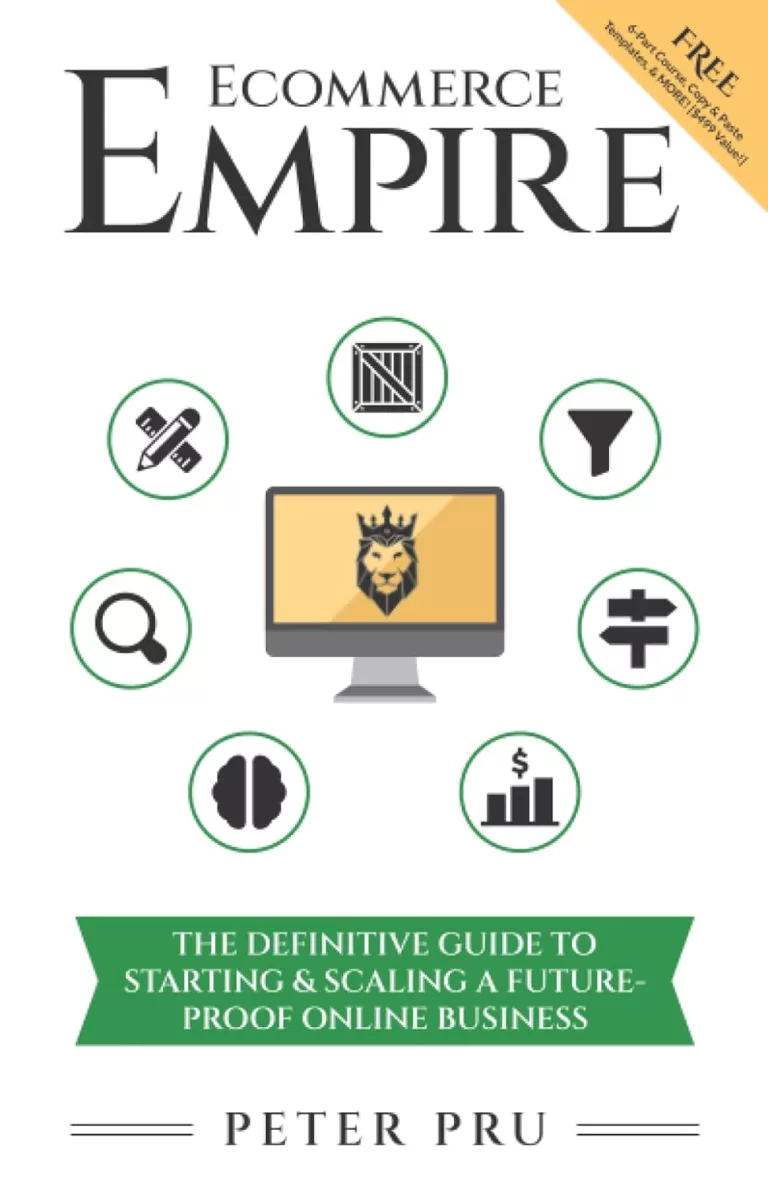Table of Contents
- Introduction
- History of Walmart
- Founding and Early Years
- Expansion and Growth
- Walmart in the 21st Century
- Walmart’s Business Model
- Everyday Low Prices (EDLP)
- Supply Chain Efficiency
- Diversified Revenue Streams
- Walmart’s Global Presence
- Domestic Dominance in the U.S.
- International Operations
- Challenges in Foreign Markets
- Walmart’s Impact on the Retail Industry
- Competition with Other Retailers
- Influence on Small Businesses
- Technological Advancements in Retail
- Corporate Social Responsibility (CSR) and Controversies
- Environmental Initiatives
- Labor Practices and Criticisms
- Philanthropy and Community Engagement
- Future of Walmart
- E-Commerce and Digital Transformation
- Sustainability Goals
- Emerging Market Strategies
- Conclusion
1. Introduction
Walmart is the world’s largest retailer by revenue, operating a chain of hypermarkets, discount department stores, and grocery stores. Founded in 1962 by Sam Walton, Walmart has grown into a global powerhouse with over 10,500 stores in 24 countries and e-commerce websites in multiple regions. The company employs 2.3 million associates worldwide and serves approximately 240 million customers weekly.
This blog explores Walmart’s history, business strategies, global influence, controversies, and future prospects in detail.
2. History of Walmart
Founding and Early Years
Walmart was founded by Sam Walton in Rogers, Arkansas, in 1962. Walton’s vision was to offer low prices and high-volume sales to rural customers, a strategy that differentiated Walmart from competitors. The first store, Walton’s Five and Dime, laid the foundation for Walmart’s Everyday Low Prices (EDLP) model.
By 1967, Walmart expanded to 24 stores, generating $12.7 million in sales. The company went public in 1970, allowing further expansion.
Expansion and Growth
- 1970s-1980s: Walmart expanded across the U.S., opening its first distribution centers to improve logistics.
- 1988: Walmart launched its first Supercenter, combining general merchandise and groceries.
- 1990s: Walmart entered international markets, starting with Mexico (1991) and later Canada (1994) and China (1996).
Walmart in the 21st Century
- 2000s: Walmart faced criticism over labor practices but continued expanding globally.
- 2010s: The company invested heavily in e-commerce, acquiring Jet.com (2016) to compete with Amazon.
- 2020s: Walmart strengthened its omnichannel retailing, focusing on same-day delivery and automation.
3. Walmart’s Business Model
Everyday Low Prices (EDLP)
Walmart’s core strategy is offering products at consistently low prices rather than relying on frequent sales. This approach:
- Builds customer loyalty.
- Reduces marketing costs.
- Encourages bulk purchases.
Supply Chain Efficiency
Walmart’s supply chain is one of the most advanced in retail, featuring:
- Cross-docking (direct transfer of goods from suppliers to stores).
- RFID technology for inventory tracking.
- Vendor-managed inventory (VMI) to reduce stockouts.
Diversified Revenue Streams
Walmart generates revenue through:
- Physical retail stores (Walmart Supercenters, Neighborhood Markets).
- E-commerce (Walmart.com, Jet.com).
- Membership services (Walmart+ for free shipping and discounts).
- Advertising & data monetization (Walmart Connect).
4. Walmart’s Global Presence
Domestic Dominance in the U.S.
Walmart operates 4,700+ stores in the U.S., capturing 25% of the grocery market. Its dominance has led to:
- Economies of scale (lower costs due to bulk purchasing).
- Competitive pressure on rivals like Target and Kroger.
International Operations
- Mexico (Walmex): Over 2,800 stores, leading market share.
- Canada: Acquired Woolco in 1994, now has 400+ stores.
- China: Struggles against Alibaba but operates 400+ stores.
Challenges in Foreign Markets
- Germany (Failed in 2006): Cultural misalignment and strong local competition.
- India: Restrictions on FDI led to a joint venture with Flipkart (2018).
5. Walmart’s Impact on the Retail Industry
Competition with Other Retailers
- Amazon: Walmart invests $11 billion annually in e-commerce to compete.
- Target: Differentiates with upscale branding and same-day delivery.
Influence on Small Businesses
Critics argue Walmart’s expansion leads to:
- Closure of mom-and-pop stores.
- Lower wages in local markets.
Technological Advancements in Retail
- AI-powered inventory management.
- Cashier-less stores (Sam’s Club Now).
- Drone deliveries (testing since 2021).
6. Corporate Social Responsibility (CSR) and Controversies
Environmental Initiatives
- Project Gigaton: Aims to reduce 1 billion metric tons of CO2 by 2030.
- Renewable energy: Walmart powers 36% of operations with renewables.
Labor Practices and Criticisms
- Low wages ($14/hour average, below living wage in some areas).
- Anti-union policies (facing legal battles).
Philanthropy and Community Engagement
- Walmart Foundation donates $1 billion+ annually to hunger relief and education.
7. Future of Walmart
E-Commerce and Digital Transformation
- Expanding Walmart+ membership.
- Investing in AI and automation.
Sustainability Goals
- Zero emissions by 2040.
- 100% recyclable packaging by 2025.
Emerging Market Strategies
- India: Leveraging Flipkart for e-commerce growth.
- Africa: Exploring partnerships with local retailers.
8. Conclusion
Walmart remains a retail giant through low-cost leadership, supply chain mastery, and global expansion. While facing criticism over labor and competition, its investments in e-commerce and sustainability position it for future growth.
Enjoying your shopping at all Walmart Stores.



